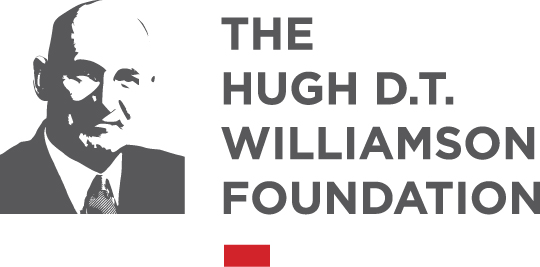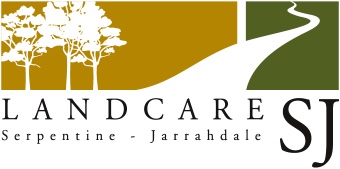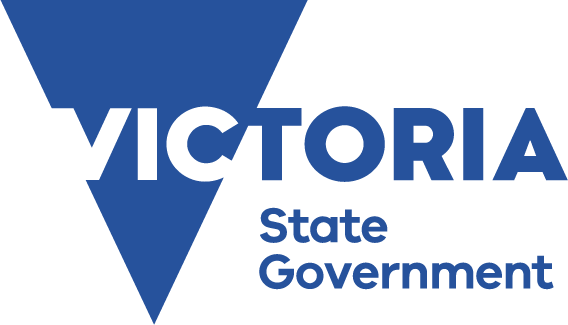
Glossy Project – East Gippsland, VIC
South-eastern Glossy Black-Cockatoos ('Glossies') feed almost exclusively on the cones of she-oak trees (Allocasuarina and Casuarina), which need to be at least 5 years old to produce cones. Many of these trees were damaged by the 2019–20 Black Summer bushfires, reducing the amount of food available for Glossies. The bushfires also damaged old, hollow-bearing trees — potential breeding sites for Glossies.
We must protect feeding and breeding habitat for Glossies, to prevent their population from declining further.
This project supports the bushfire recovery of Glossies in East Gippsland by protecting their short-term food supply and creating long-term food security. This is by:
- working with communities in East Gippsland, as well as government agencies and non-government organisations, to protect she-oaks and plant trees to replace some of those lost in the fires;
- identifying sites with a deficit of natural hollows, where we can install specially-made ‘cockatubes’ that the birds can use for breeding; and
- collecting vital information about Glossies and their habitat so they can be better protected; this includes data on female Glossy Black-Cockatoos ('Flossies').
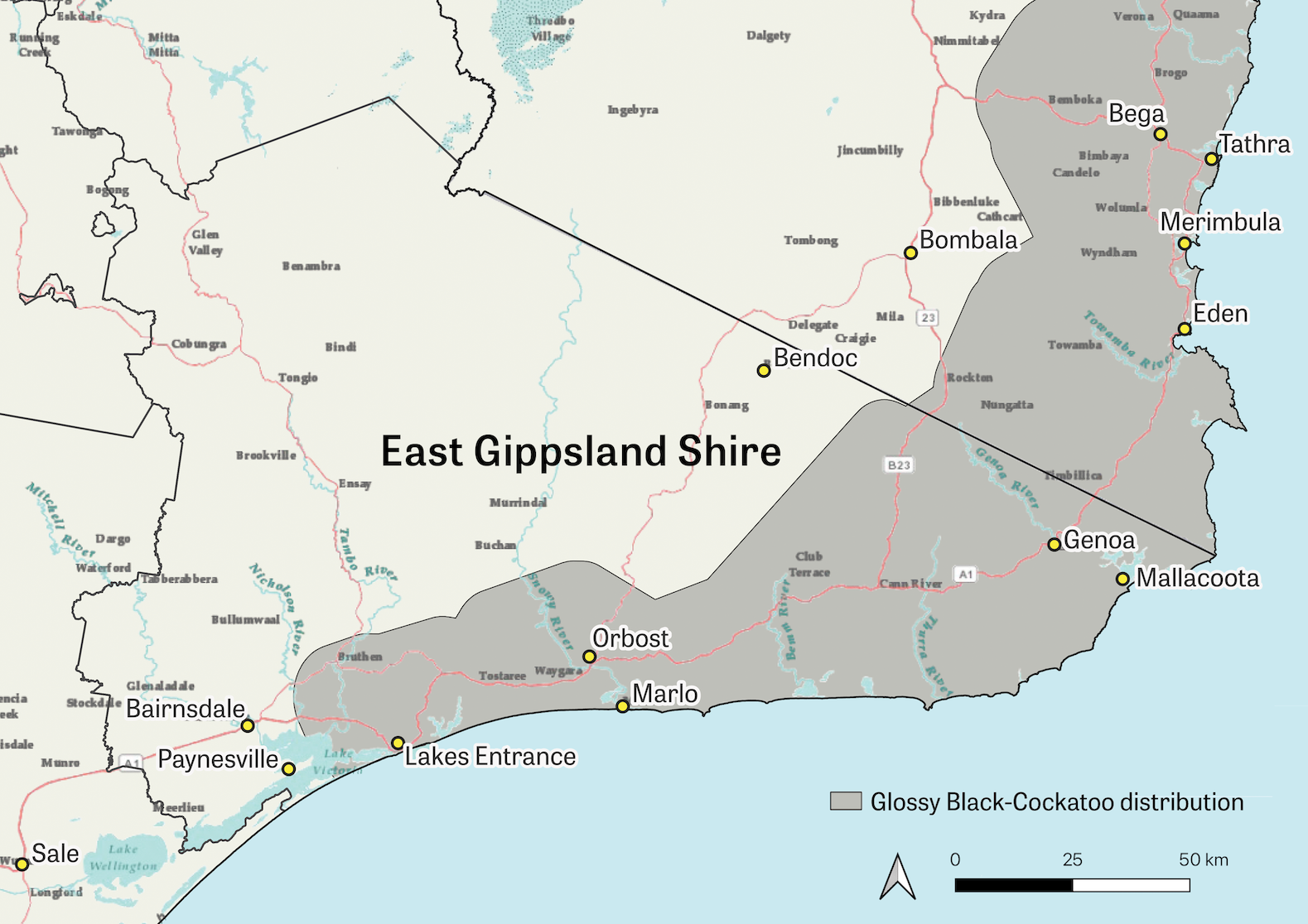
Above: Distribution of Glossy Black-Cockatoos in East Gippsland
'Flossy' identification in East Gippsland
Each female Glossy Black-Cockatoo ('Flossy') has unique, yellow facial patches (see poster, below). We can use these unique facial patches, along with tail panels, to help identify individual birds.
BirdLife Australia is collecting photos of Flossies to develop a photo library, which can be used to identify individuals based on their unique facial patches. This will help us understand how Flossies move through the landscape, informing habitat management activities.
If you have photos of Flossies in East Gippsland, you can send them to GlossyBC@birdlife.org.au with the date and location (GPS coordinates if possible) the photos were taken, to support the protection of these birds and their habitat.
What happens to Flossy photos received by BirdLife Australia?
Photos will be classified and stored in BirdLife's Flossy database, so they can be assigned an ID and compared to other photos.
Photos will not be used or distributed publicly without the photographer's permission.
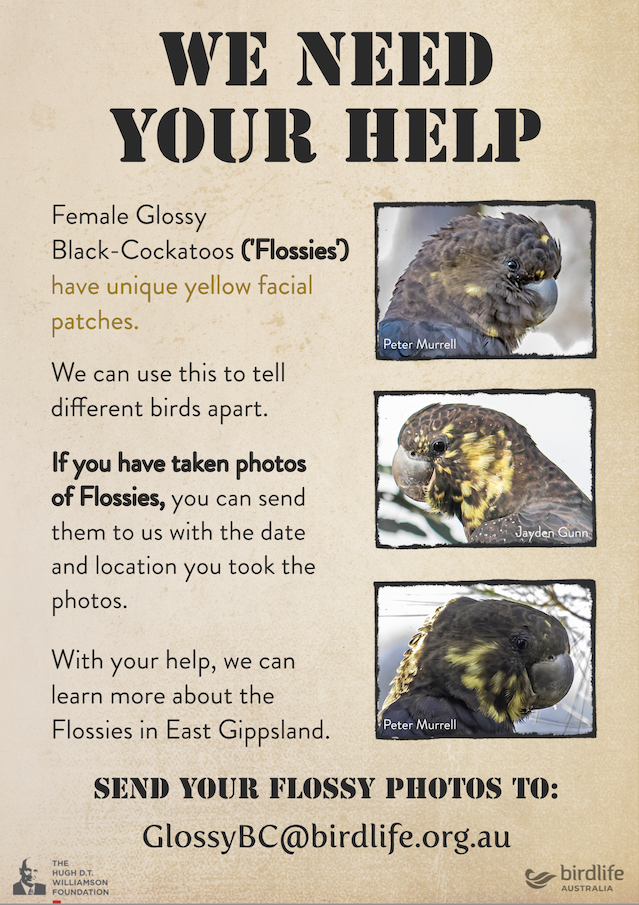
The South-eastern Glossy Black-Cockatoo Bushfire Recovery Project has received funding from the Australian Government’s Wildlife and Habitat Bushfire Recovery Program, and supporters of BirdLife Australia’s bushfire appeal.
Landcare Serpentine/Jarrahdale donated 38 cockatubes to the project, and these were transported from Western Australia to East Gippsland by the Australian Defence Force.
This project has received funding and support from:

